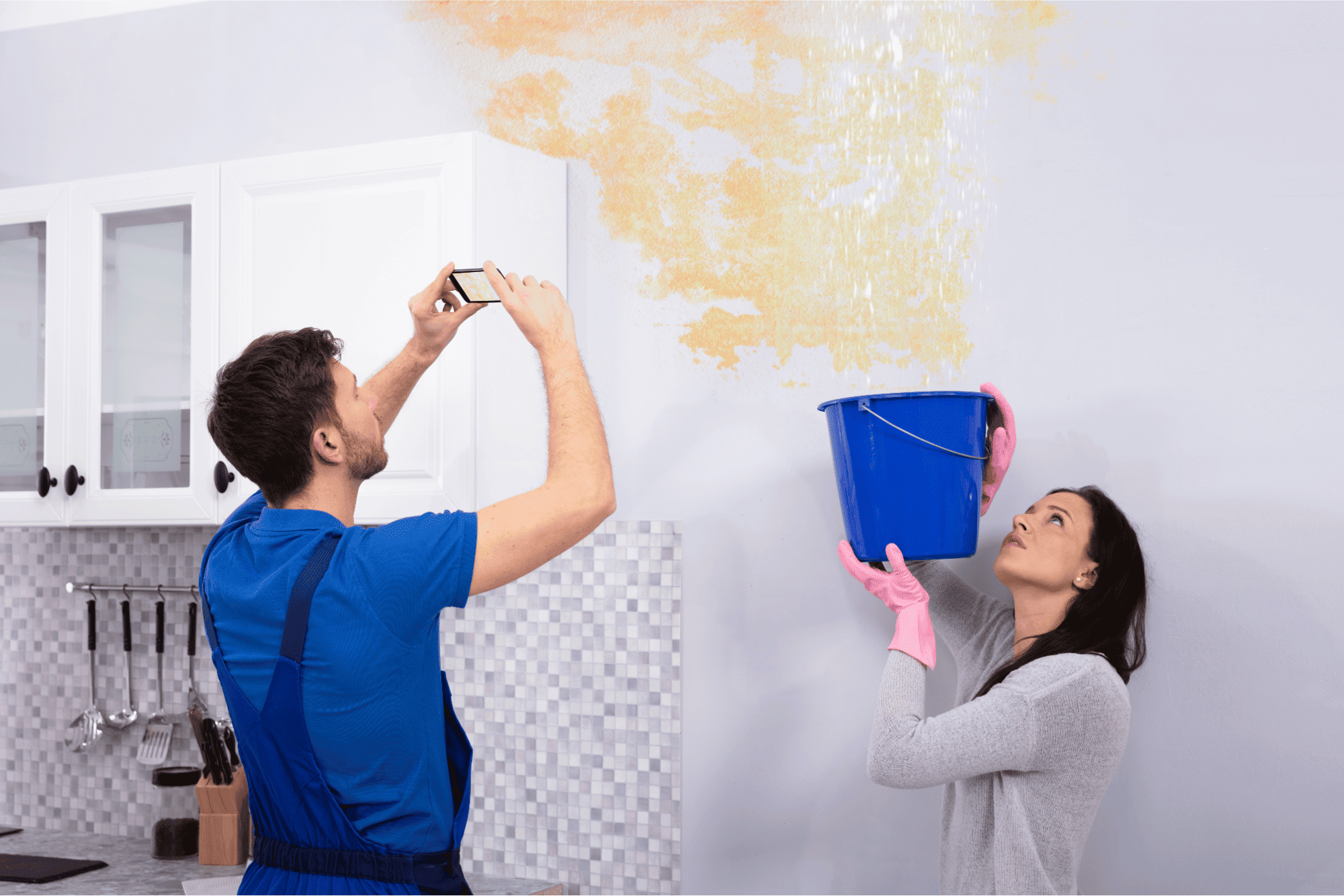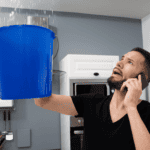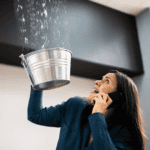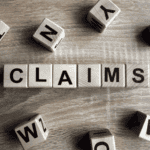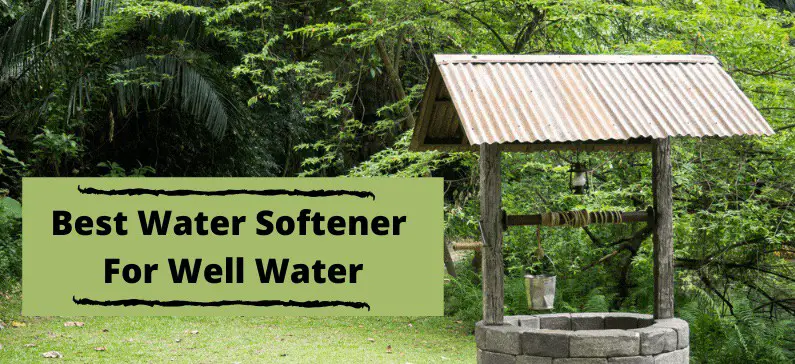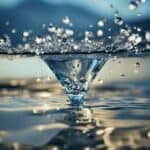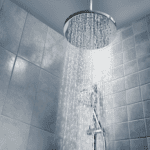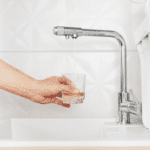Selecting the right water damage restoration service is a crucial decision that can significantly influence the recovery of your property. When water damage occurs, it’s not just the immediate pooling that’s a problem, but the long-term risks such as mold, structural issues, and additional damage that can arise from inadequate or delayed restoration. We understand that the urgency of the situation requires prompt and effective action, and with a myriad of options available, making an informed choice is imperative.
To navigate through the selection process, it is essential to assess the qualifications and reputation of the service providers. Restoration firms should possess certifications and have undergone training to deal with various water damage scenarios. Such certifications, like those from the Institute of Inspection, Cleaning, and Restoration Certification (IICRC), signal that the technicians are equipped with the latest knowledge and skills. Furthermore, considering their availability and response time is critical, as water damage tends to exacerbate over time. The service’s approach to restoration, their equipment, and how they communicate and address your concerns also play a pivotal role in ensuring a smooth and efficient restoration process.
Key Takeaways
- Choose a certified and well-trained restoration service for effective water damage recovery.
- Evaluate the service’s responsiveness and availability to minimize water damage impact.
- Restoration approach, equipment quality, and customer communication are key factors in your decision.
Understanding Water Damage
In water damage restoration, we must first comprehend the types of water involved and accurately gauge the extent of damage to determine the appropriate response.
Categories of Water Damage
Clean Water (Category 1): This type of water originates from sanitary sources, such as supply lines, rainwater, or clean toilets. It poses no immediate health threat.
- Sources: Faucet overflow, broken supply lines, rainfall, etc.
- Health Impact: Generally none, if addressed quickly.
Gray Water (Category 2): This is contaminated water that can cause discomfort or illness through physical, chemical, or biological contamination.
- Sources: Washing machine overflow, dishwasher leaks, flush from sink drains, etc.
- Health Impact: Can contain microorganisms.
Black Water (Category 3): Highly contaminated, black water can cause severe illness or death if ingested. Immediate response is critical.
- Sources: Sewage, floodwaters from rivers or streams, ground surface water, etc.
- Health Impact: Contains harmful pathogens and toxins.
This categorization is essential for us because it informs the safety and restoration measures. Immediate action is crucial in all cases, but especially with gray and black water, where health risks increase.
Assessing the Damage Level
Minor Damage:
- Localized to one room or area.
- Limited absorption into porous materials.
- No significant structural damage.
Moderate Damage:
- Affecting multiple rooms or areas.
- Greater water absorption, potential for mold growth.
- Substantial effort required for drying and recovery.
Severe Damage:
- Widespread, including multiple floors or the building’s structural integrity.
- Extended water exposure can necessitate major repairs or replacements.
Our assessment’s accuracy dictates the scope and urgency of the restoration effort and impacts the potential for salvaging materials and preventing further damage.
Identifying a Reputable Service
When choosing a water damage restoration service, there are crucial certifications and local reputation considerations that ensure you are selecting a highly qualified professional.
Certification and Training
Certification:
- Ensure the company is certified by a recognized industry organization such as the Institute of Inspection, Cleaning, and Restoration Certification (IICRC).
- Verify that their staff have up-to-date training and certifications to handle various water damage scenarios.
Training:
- Companies should provide ongoing training to their employees, staying abreast of the latest restoration techniques and technologies.
- Proper training equips restoration specialists to deal effectively with everything from minor leaks to major flood damage.
Local Reputation
Community Reviews:
- Look at local online reviews and testimonials to gauge the satisfaction previous customers have experienced.
- Directly ask for references to get an unbiased take on the company’s track record.
Response Times:
- A locally established company should be able to respond swiftly to emergencies, ideally offering 24/7 services.
- Fast response is critical to prevent further damage and mold growth, so consider their average time to arrival and ability to act quickly.
We focus on these elements because they are indicative of a restoration service’s ability to offer reliable, high-quality assistance when tackling water damage in your home or business.
Response Time and Availability
When dealing with water damage, speed and accessibility are critical. We understand that a rapid response can significantly mitigate damage, reducing costs and salvaging property.
24/7 Emergency Services
We prioritize offering 24/7 emergency services because water damage emergencies can occur at any time and often without warning. Here’s what our availability means for you:
- Immediate assistance any time of day or night
- Quick mobilization to prevent further damage and mold growth
Local Presence
Having a local presence ensures:
- Faster on-site response times
- Knowledge of local building codes and regulations
- Established relationships with local suppliers for quicker repair turnarounds
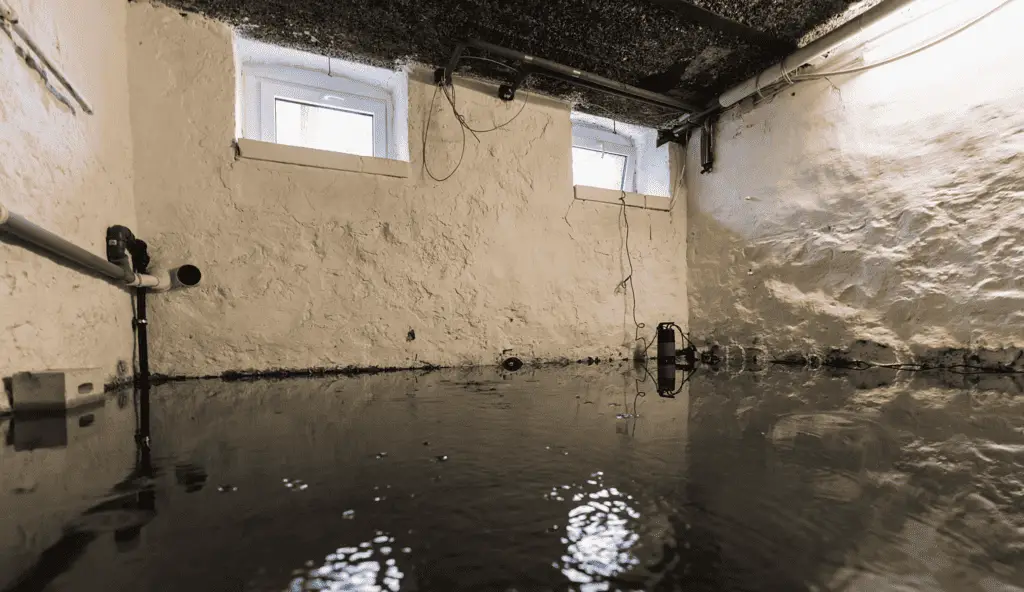
Evaluating Restoration Processes
When choosing a water damage restoration service, we must carefully consider their restoration process. Each stage is crucial for effective recovery and the prevention of future issues.
Initial Assessment
During the initial assessment, we look for a service that provides a thorough examination of all affected areas. A detailed inspection identifies the water damage category and class, which determines the type of restoration needed.
- Category: Identifies the contamination level of the water source.
- Class: Defines the extent of water penetration and evaporation load.
We prioritize services that offer clear communication about the damage assessment and the proposed action plan.
Water Removal Techniques
Effective water removal is essential to curb further damage. We evaluate if the service uses industry-standard techniques, such as:
- Submersible pumps for continuous pumping of high-level water.
- Industrial wet/dry vacuums for removing water from carpets and floors.
The utilization of advanced equipment signifies a service’s commitment to efficiently managing water extraction.
Drying and Dehumidification
After water removal, materials may appear dry but often retain significant moisture. We assess the service’s ability to thoroughly dry these materials using:
- Dehumidifiers: Lower humidity levels, preventing mold growth.
- Air Movers: Increase air circulation to expedite moisture evaporation.
This step is critical to ensure that no hidden moisture remains that could cause damage later on.
Sanitization and Cleaning
Post-drying, we expect a restoration service to address sanitization and cleaning. This includes:
- Antimicrobial Treatments: To eliminate bacteria and mold.
- Disinfection: To ensure a healthy environment is restored.
- Odor Removal: Often necessary as water damage can leave persistent odors.
We consider the thoroughness of sanitization protocols as a benchmark for a service’s quality and attention to detail.
Insurance and Licensing
In choosing a water damage restoration service, we prioritize firms that demonstrate compliance through valid licenses and insurance. These credentials ensure that a service provider is reputable and capable of supporting clients throughout the insurance claims process.
Valid Licenses
- State Requirements: We only consider companies that meet state licensing requirements, confirming their legality to operate and adhere to industry standards.
- Certifications: It’s essential that companies hold certifications from recognized authorities such as the Institute of Inspection, Cleaning, and Restoration Certification (IICRC) to guarantee their expertise in water damage restoration.
Insurance Claims Assistance
- Policy Understanding: A qualified restoration service will have in-depth knowledge of insurance policies and provide clear guidance on the claims process.
- Documentation Assistance: We ensure that the restoration service assists with detailed documentation required for insurance claims, making the process smoother for our clients.
Equipment and Techniques
In selecting a water damage restoration service, it is crucial to consider the equipment and techniques utilized to ensure effective and efficient restoration.
Advanced Technology
We recognize the importance of advanced equipment in water damage restoration. The industry’s gold standard dictates the use of state-of-the-art equipment and proven techniques that foster prompt and thorough results. Look for services that employ the following:
- Air Movers and Dehumidifiers: To accelerate the drying process and maintain an optimal environment.
- Moisture Detectors and Hygrometers: These tools measure the extent of moisture saturation.
- Thermal Imaging Cameras: For detecting water through walls and floors without causing damage.
- Submersible Pumps and Industrial-grade Wet/Dry Vacuums: For efficient water extraction from your property.
Environmentally Friendly Practices
Our commitment extends to environment-conscious practices. We prioritize services that implement eco-friendly methods:
- Biodegradable Cleaning Agents: Products that are effective yet reduce the environmental footprint.
- Low-Energy Equipment: Where possible, selecting tools that conserve energy without compromising on efficiency.
- Waste Management: Proper disposal and recycling of materials to minimize waste.
Customer Service and Communication
When choosing a water damage restoration service, we prioritize clear, consistent communication and exceptional customer service. These elements are crucial for establishing trust and ensuring that we understand the scope, progress, and costs involved in the restoration process.
Transparent Communication
We understand the importance of having transparent and open communication with the restoration service provider. From the initial assessment to the final walkthrough, our providers should offer:
- A detailed plan of the proposed work, including timelines.
- Clear explanations of the restoration process and methodologies used.
- Regular updates on the progress of the work being conducted.
- Comprehensive documentation of the damage and repairs for insurance purposes.
Customer Service Excellence
We seek service providers who demonstrate customer service excellence through:
- 24/7 availability: Ensuring they are reachable at any time, which is critical in emergency situations.
- A customer-first approach that is responsive to our needs and concerns.
- Efficient coordination with insurance companies to ease the claims process.
- Empathy and understanding, recognizing the stress we may experience during such incidents.
Cost and Warranty
In our guide to selecting a water damage restoration service, understanding the intricacies of pricing and warranty options is paramount. These factors can significantly impact the overall value and quality of service you receive.
Transparent Pricing
We consider transparent pricing essential in our evaluation process. The cost for water damage restoration services typically varies, with minor repairs starting around $150 and extensive flooding damage running upwards of $20,000. On average, you can expect to pay between $1,305 and $5,707. To ensure clarity, we look for companies that provide detailed breakdowns of their pricing, including:
- Initial Assessment: A clear description of the fees for evaluating water damage.
- Remediation Services: A comprehensive list of prices for services such as water removal, mold remediation, and repairs.
- Additional Costs: Disclosure of possible extra costs like equipment rental or extended labor hours.
Warranty and Guarantees
A reliable water damage restoration service should offer a warranty or guarantee on their work. We assess the warranty terms, which typically cover:
- Duration: The length of time the warranty is valid, giving you peace of mind.
- Scope: What is included in the warranty, ensuring that all aspects of the service are up to standard.
- Claim Process: The procedure for reporting issues post-service should be simple and user-friendly.
By scrutinizing these warranty details, we can help you make an informed decision that safeguards your investment in water damage restoration.
Frequently Asked Questions
When searching for a trustworthy water damage restoration service, it’s crucial to have your concerns addressed to make an informed decision. The following FAQs aim to clarify common inquiries associated with the selection process.
What are the key factors in evaluating a water damage restoration company’s reputation?
We look at prior customer feedback, years of experience, and the company’s responsiveness to emergencies. A well-regarded company has a history of positive testimonials and readily available case studies demonstrating their expertise and reliability.
What certifications should a reputable water damage restoration service have?
A reputable service should possess certifications from industry-recognized organizations like the Institute of Inspection, Cleaning and Restoration Certification (IICRC) and the Restoration Industry Association (RIA). These credentials signify adherence to industry standards and ongoing professional development.
How does a water damage restoration service determine the extent of the damage during inspection?
During an inspection, we use moisture meters and thermal imaging to uncover water damage not visible to the naked eye. By measuring moisture levels and identifying water sources, we accurately assess the degree of damage to your property.
What is the typical timeline for a water damage restoration project?
The timeline varies depending on the damage’s severity but generally includes assessment, water removal, drying, sanitizing, and restoration. A small-scale project may take a few days, while extensive damage could require several weeks.
What techniques should a professional water damage restoration service use?
Expect the use of advanced methods like water extraction equipment, air movers, dehumidifiers, and antimicrobial treatments to mitigate and repair damage. Professional services adhere to a thorough process that prevents mold growth and further structural compromise.
What are the common mistakes to avoid when selecting a water damage restoration service?
Avoid hiring services without solid references or those lacking proper licensing and insurance. Disregarding a company’s availability for emergency response and not obtaining a detailed written estimate can also lead to complications during the restoration process.

